Ritual songs and folksongs of the Hindus of Surinam
(1968)–Usharbudh Arya–
[pagina 8]
| |
The DrumsḌholak: a barrel-shaped drum, about two feet six inches long and about ten inches in diameter beaten on both sides, accompanying almost all group singing and which may substitute for any other form of drum. The singers find it almost impossible to sing without it. (fig. 1) Huṛkā: approximately the same size as a ḍholak, with a very slim middle held in the hand, both ends of the drum strung together with strings; it may be beaten on either but not both sides at the same time. It may be used for religious songs in general but accompanies the kaharavā in particular. (fig. 2). Ḍhaplā or ḍhap: a disc-shaped large drum, more than two feet in diameter, open on one side, beaten on the other. The wooden disc or the rim is about four to six inches in width. The left hand in which the drum is held against the shoulder and the chest also holds a little broom reed which beats against the drum while the fingers of the right hand keep the actual beat. It is played at the phagwā festival, especially with the dhamār songs. (fig. 3). Khąjṛī: a kind of tambourine, narrower in diameter, wider in the rim than its western counterpart; there are holes in the rim with some brass discs attached. It is used for religious songs in particular. (fig. 4). Ḍamrū: a drum about five inches long and about four inches in diameter, held and shaken in one hand so that a small wooden marble tied to the drum with a string beats on both ends alternately. It is now rarely used, chiefly for religious songs (fig. 5). Tāssā: The closed and curved side is held against the chest and the leather side is beaten with a stick. It comes in various sizes. Mainly used by the Muslims at the muharram festival, it is also beaten by women in the maṭkor procession because it is easier to carry. (fig. 6). Ḍhol: (not to be confused with ḍholak), looks like the western bass drum, beaten on both sides with sticks, was used in processions and with pacrā songs but it is now rarely seen. Nagāṛā: this deserves to be mentioned in greater detail than | |
[pagina *1]
| |
Plate I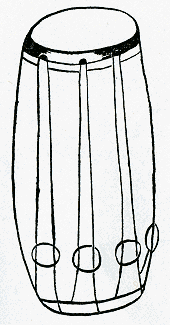 Fig. 1 Ḍholak
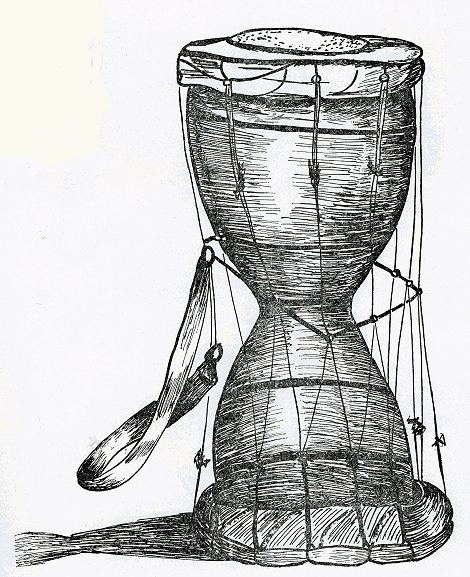 Fig. 2 Huṛkā
| |
[pagina *2]
| |
Plate II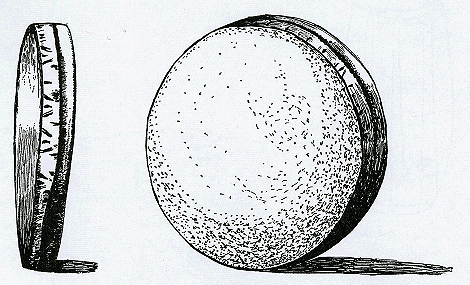 Fig. 3 Ḍhap
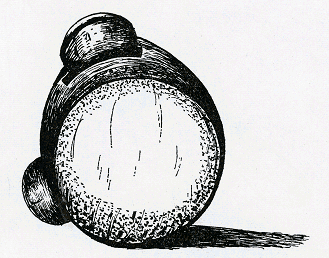 Fig. 4 Khajṛī
| |
[pagina *3]
| |
Plate III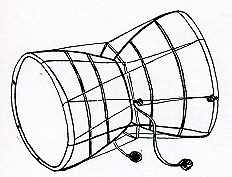 Fig. 5 Ḍamru
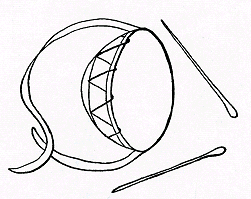 Fig. 6 Tāssā
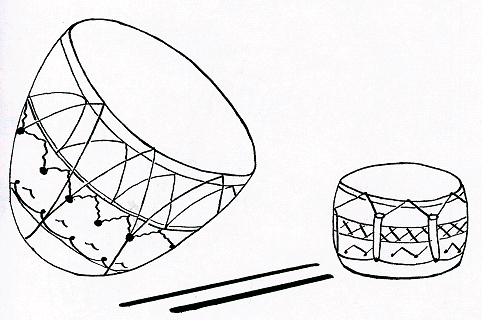 Fig. 7 Nagāṛā
| |
[pagina *4]
| |
Plate IV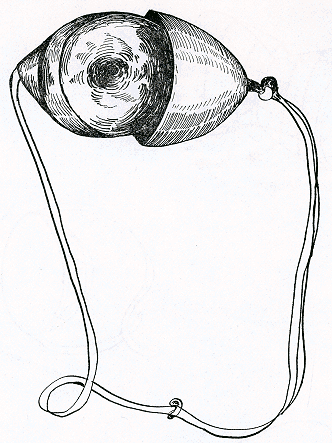 Fig. 8 Majīrā
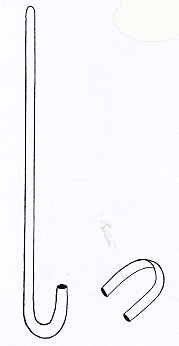 Fig. 9 Daṇḍ-tāl
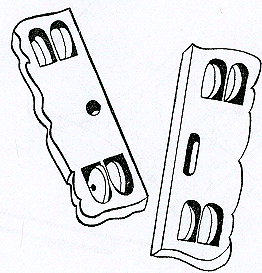 Fig. 10 Kartāl
| |
[pagina *5]
| |
Plate V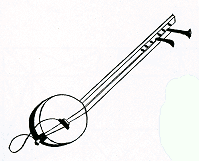 Fig. 11 Tānpūrā
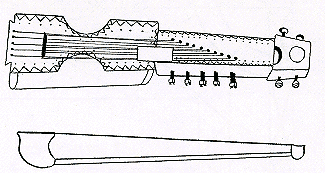 Fig. 12 Sārangī
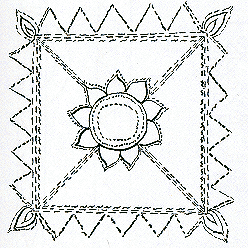 Fig. 13 The cauk of Ṣaṣṭhī and silpohanā
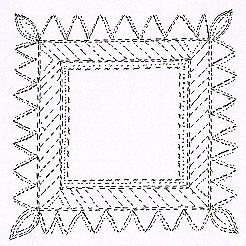 Fig. 14 The cauk of maṭkor, also known as Sītājī kā cauk or Gangājī kā cauk
| |
[pagina *6]
| |
Plate VI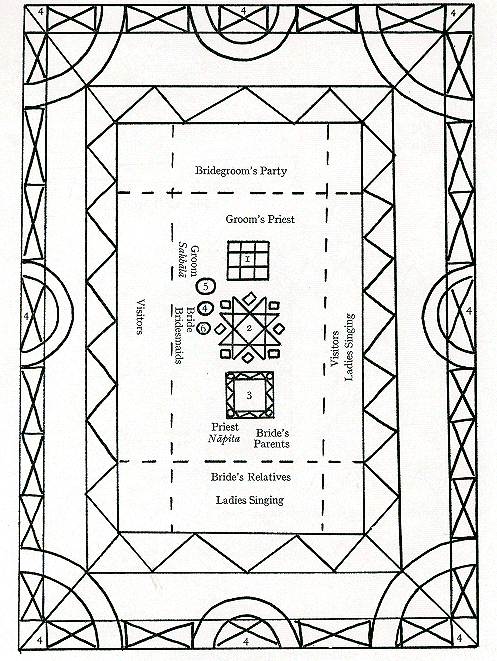 Fig. 15 Māṛo kā Cauk
| |
[pagina *7]
| |
Plate VII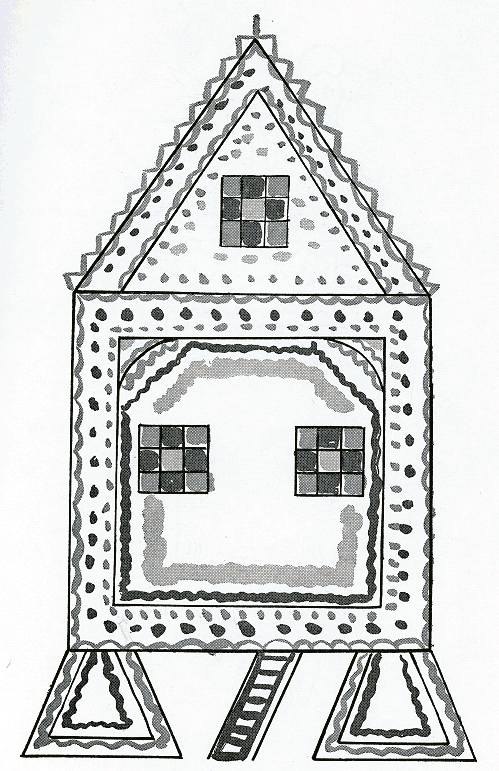 Fig. 16 A basic kohbaṛ design. The lines are drawn in various colours
| |
[pagina *8]
| |
Plate VIII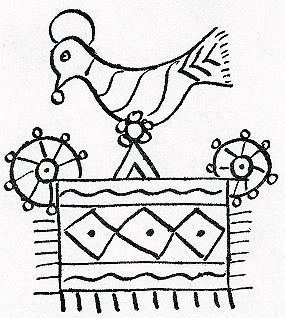 Fig. 17 Sitājī kī rasoī
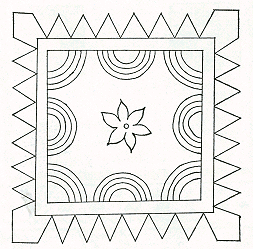 Fig. 18 A basic kohbaṛ design. Colours are to fill the blank spaces
| |
[pagina 9]
| |
the other instruments. This is a pair of drums, one small and one large; the large one is placed on its side, the small one facing up. These are beaten with two sticks, the longer stick is called ḍankā, and the shorter one cob. All nagāṛā playing, analogous to birahā singing (see p. 29), has three movements: it starts with caltā, analogous to sumiran or the remembrance of the deity, then comes ṭhekā, the main subject matter analogous to alcārī, and then chapkā, the finale analogous to jācanī or bisarjan. These movements are called the hands, hāth, of the nagāṛā. The playing may go on for hours or all night on festive occasions such as weddings. It is the special instrument of Ahīrs and their related clans, the Kurmīs. Long epics as well as short birahās and other songs may be sung to the accompaniment of the nagāṛā. The beat is very powerful and heard at great distances as befitting an ancient battle drum (S. dundubhi). It is played by professional players who also have a small troupe, sometimes even of one man, of dancing partners called joṛā (companion). These companions sing and punctuate the singing with the Ahīr dances such as pharavā. There is now only one nagāṛā player in the Nickerie province but neither he nor his joṛā is an Ahīr, both having learnt the art from Ahīr masters who have died. There is an excellent party of genuine nagāṛā players and singers led by a proficient Ahīr at Meerzorg near Paramaribo, always much in demand. Some other groups try to imitate. (fig. 7). | |
Brass and Bronze
| |
[pagina 10]
| |
other piece; thus one pair is held in one hand and the second pair in the other hand. The two pieces of each pair are struck together so that the brass discs make the sound. (fig. 10). Ghųghrū: strictly not a musical instrument but a belt of anklet bells worn for dances; it is sometimes folded and held in the hand to keep the beat. | |
String Instruments
|
|

